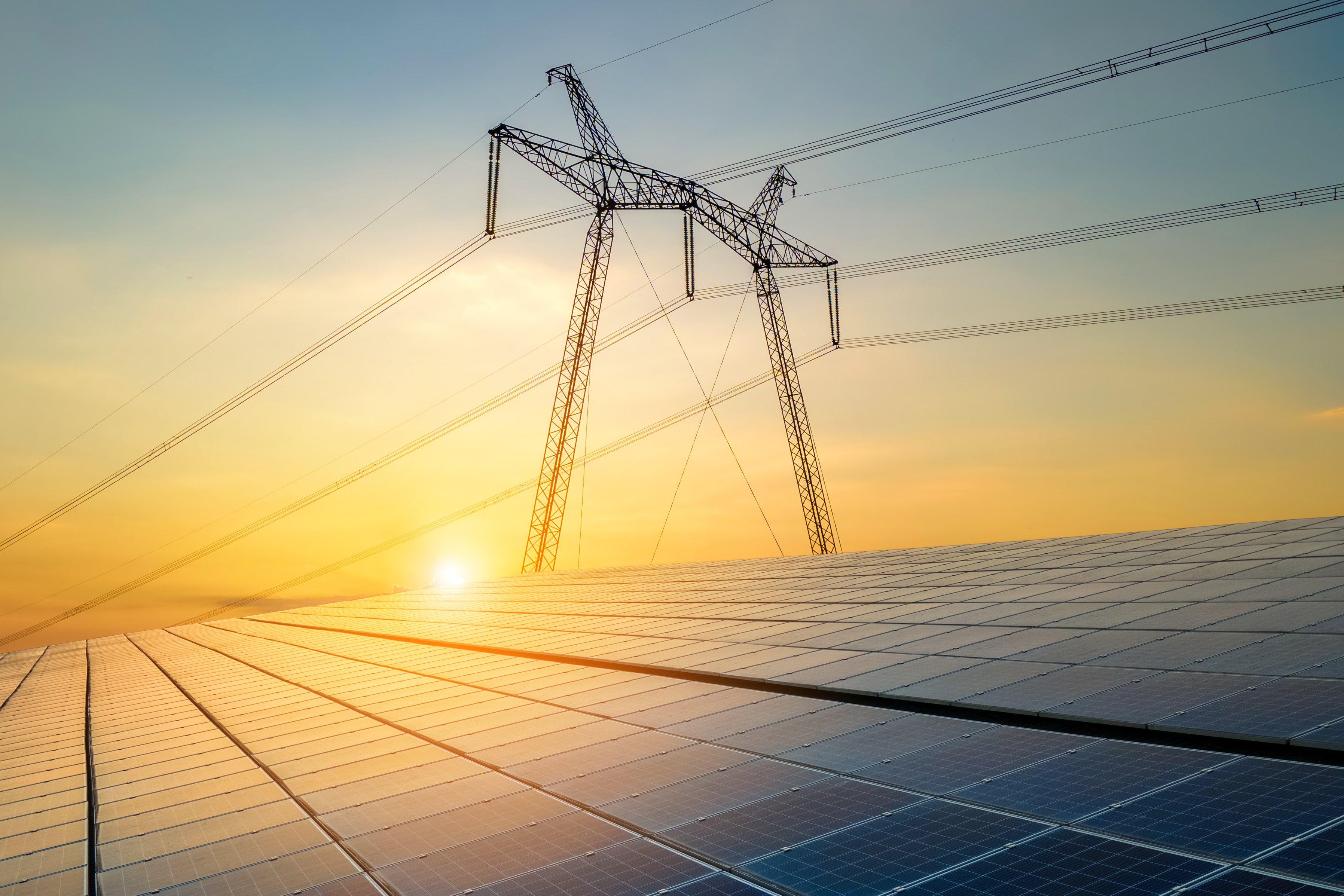It's been an up-and-down start to the year for solar stocks trading in the U.S. One day, there's optimism about the industry's growth, and the next, there's trepidation about the future. But it isn't anything here at home that's driving stocks; it's news out of China.
2019 was a down year for solar installations with just 17.9 gigawatts (GW) installed through November, compared to 53 GW installed as recently as 2017. But the China Photovoltaic Industry Association recently said 12.2 GW were installed in December for 30.1 GW for the year. Whether solar installations are going up or down, China is still the dominant story in the solar industry.

Image source: Getty Images.
China's role in the solar industry
Any comment China makes about the solar industry can have ripple effects -- and for good reason. In 2017, 53 GW of solar was installed in the country, more than half of the 99 GW installed globally. By 2019, just 30 GW of 114 GW installed globally will be in China, according to current estimates. But that installation number could grow to anywhere between 35 GW (AECEA) and 50 GW (PV InfoLink) in 2020, depending on which estimate you believe.
That's in the range of what IHS Markit predicts, with China accounting for just under 30% of the 142 GW expected to be installed globally. China's percentage of the overall market may be falling, but it's still the biggest market in the world. Hitting the upper end of installation estimates would be a huge boost to the industry, while the low end would be a huge disappointment. Solar manufacturers keep their eyes on the demand trends because the industry is teetering on the edge of oversupply, so any incremental demand affects panel prices pretty significantly.
Not all solar is created equal
Growth isn't new for the solar industry, so growth alone doesn't make any investment in solar worthwhile. But winners will emerge and take market share and an interesting change over the past year is outsized demand growth for higher-efficiency solar panels such as mono-crystalline and mono-PERC constructions (you can read more about how these solar panels are different and how the solar panels compare).
The combination of increasing demand and a shift toward higher-efficiency solar panels has helped manufacturers improve their margins in 2019 and given a boost to renewable energy stocks. And that should continue in 2020.
JinkoSolar (JKS 1.94%) is a great example of a company that has benefited from the shift to higher-efficiency solar production. You can see below that its gross margin has improved consistently over the past three years. Management has said that in 2020, nearly all of JinkoSolar's production will be mono-crystalline solar panels, so the strong margins should continue. So JinkoSolar should see growth on higher demand overall, increased market share because of its high-efficiency solar panels, and higher margins on each sale. Add the three factors together, and the company could be set for a big increase in profitability.
JKS Gross Profit Margin (Quarterly) data by YCharts.
Another company that should see similar benefits is Canadian Solar (CSIQ 0.08%), which has converted to 100% higher-efficiency PERC technology. As that transition has happened over the past few years, you can see that gross margin has risen, although it's choppy because of the ups and downs from inconsistent solar project sales.
CSIQ Gross Profit Margin (Quarterly) data by YCharts
They aren't nearly as China-centric, but First Solar (FSLR 1.12%) and SunPower (SPWR +0.00%) will benefit indirectly from growth in China as well. They supply panels that are among the industry's most efficient for their specific markets (residential for SunPower and utility-scale for First Solar), but they're smaller on a revenue basis, so they have less operating leverage for each percentage increase in margin versus Canadian Solar and JinkoSolar.
CSIQ Net Income (TTM) data by YCharts
China could be fuel to the solar industry
Solar is a global industry, so what any country does will affect everywhere else in the world. But China has an outsized impact, even today, because it's the biggest solar market in the world. If China has a big year in 2020 with 40 GW or even 50 GW installed, the solar industry's current hot streak may not be over, and profits may finally start rolling in for investors.











